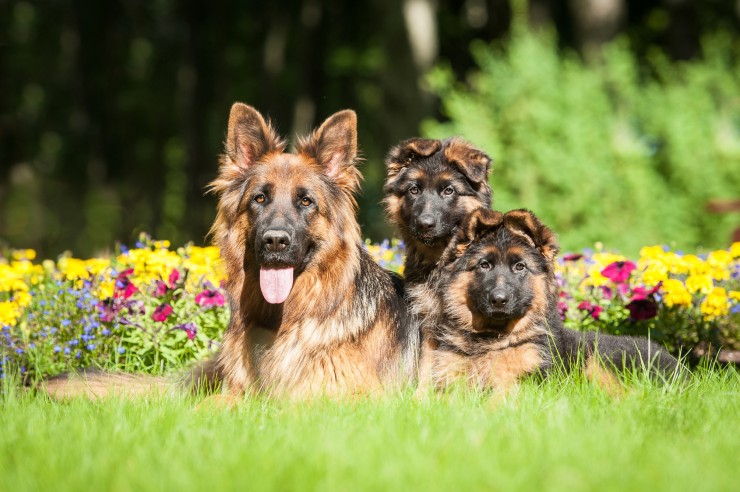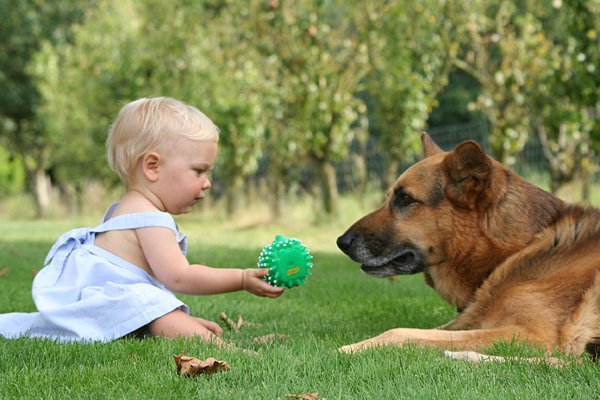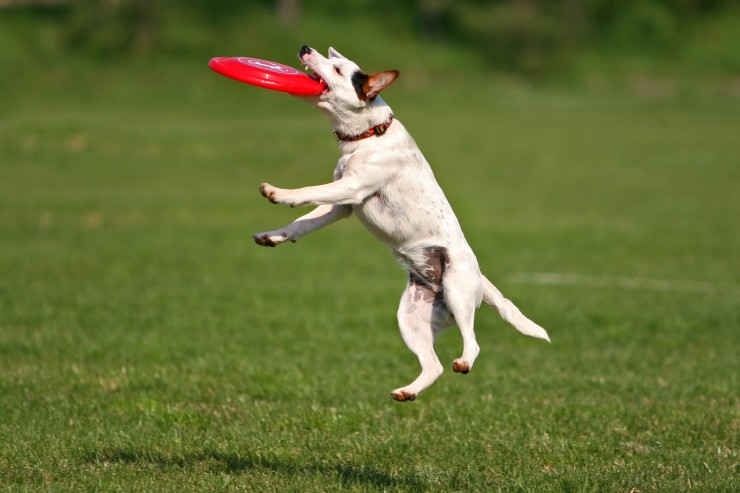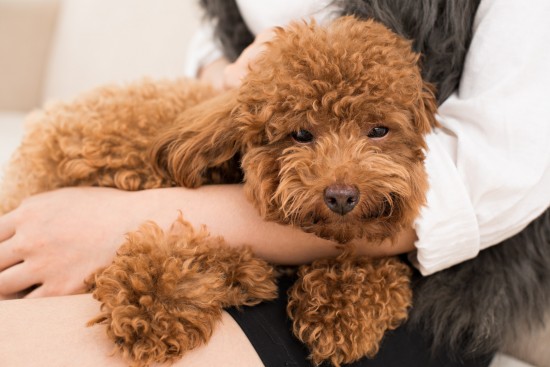
People want to know how to train a puppy, but they are usually thinking about the various methods and steps that you would take. They might think of rewards and perhaps the tools needed.
These are important, of course. But when it comes to training a puppy, you have to make sure that you have the right personality to do so effectively. Not everyone is cut out to do the training.
That is why you must first decide whether you or someone else in the family is better equipped to take on this responsibility.
Look at things like your patience, persistence and presence.
These are 3 of the most important elements that go into training a dog. If any one of these is missing, you will not be effective. At best, you might get the results but not your dog's respect. Without that respect, you will experience difficulties in your training especially with dominant and independent dogs.
Let's go over these in turn.
Patience: Dog training requires a lot of patience on your part. This usually involves understanding dog behavior. By knowing what dogs expect you will have a better grasp of how to interpret what might be wrong when your dog is not obeying you.
Losing patience usually means losing your temper which can devastate any relationship you have with your dog. Dogs see this as a weakness and they are less likely to follow any leader who does not show confidence.
Try your best to stay calm. If the situation does become too tense, take a break and give you and your dog a chance to relax. Your dog will respect you for it.
Persistence and consistency: Your dog has to know what to expect from you. If you're inconsistent with your behavior, as explained above, your dog will become confused and nervous around you. A nervous dog is more likely to learn out of fear than out of respect for you.
Being persistent, you will teach your dog what you want from him in terms that he can learn. In other words, always teach your dog each lesson the same way. Do not alternate your methods as this will only confuse him.
Presence: You must maintain a dominant presence around your dog. The best presence that you can display is one of calmness and confidence. If your dog senses that you are neither of these, he will become tense and uncomfortable.
On the other hand, if you show weakness and an inconsistent behavior, your dog will decide that you are not a good pack leader.
Every pack needs a strong leader and if one does not exist, your dog will challenge you for the role. This is especially troublesome with dominant and independent dogs. They have the right mindset to challenge you and win. Some dogs in this situation will even become dangerous.
Remember this first lesson on how to train a puppy: adopt the right attitude. Earn his respect from the start and your dog training will go much easier.
Dogs can bring us great joy. In fact, dog owners love talking about dogs. You can read such stories in Dog Talk Weekly. Sign up and discover how much fun we're having. Grab the free report, "How to Pick The Right Dog Training Tools" and take the puppy parenting course.
 How You Can Help To Safeguard Animal Welfare When Finding A Dog Online
How You Can Help To Safeguard Animal Welfare When Finding A Dog Online
 What Makes A Dog Become Food Aggressive?
What Makes A Dog Become Food Aggressive?
 Curly Coated Retriever Hereditary Health And Genetic Diversity
Curly Coated Retriever Hereditary Health And Genetic Diversity
 4 Common Pet Problems and How to Treat Them
4 Common Pet Problems and How to Treat Them
 Learning More About Sighthounds
Learning More About Sighthounds
 Five Top Tips For Keeping Your Dog Away From The Cat Food!
Five Top Tips For Keeping Your Dog Away From The Cat Food!
 10 Lovely Curly, Wavy & Long Coated Cat Breeds
10 Lovely Curly,
10 Lovely Curly, Wavy & Long Coated Cat Breeds
10 Lovely Curly,
 Dogs And Oral Injuries That Can Lead To Cracked Teeth
Dogs And Oral Inj
Dogs And Oral Injuries That Can Lead To Cracked Teeth
Dogs And Oral Inj
 Why Might Your Dog Suddenly Become Clingy?
Why Might Your Do
Why Might Your Dog Suddenly Become Clingy?
Why Might Your Do
 How To Identify And Remove Ticks From Your Pet
How To Identify A
How To Identify And Remove Ticks From Your Pet
How To Identify A
 Health Issues More Commonly Seen In The Beauceron
Health Issues Mor
Health Issues More Commonly Seen In The Beauceron
Health Issues Mor
Copyright © 2005-2016 Pet Information All Rights Reserved
Contact us: www162date@outlook.com